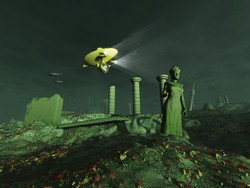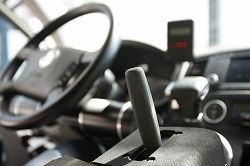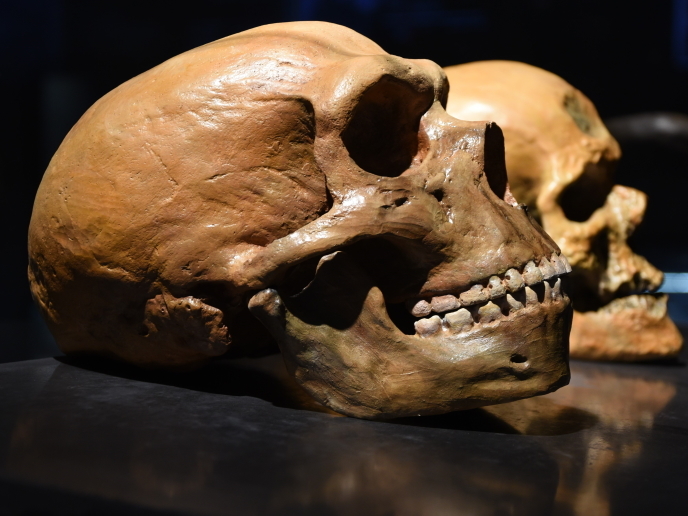Archaeologists aided by underwater robots
Underwater archaeology employing research vessels and their trained crew can cost up to EUR 50 000 a day. However, this figure is beyond the scope of many archaeology research institutes. Therefore, reducing the cost of archaeological operations is an important factor in the study and conservation of the part of Europe's cultural heritage that lies beneath the waves. This challenge was addressed by the project ARROWS (Archaeological robot systems for the world's seas). The aim was to provide archaeologists with technical tools for affordable campaigns by adapting existing technologies originally developed for the military and the oil and gas industry. ARROWS was made up of experts from academia and industry in the fields of underwater archaeology, underwater engineering, robotics, and image processing and recognition. They adapted and developed low-cost AUV technologies to significantly reduce the cost of underwater operations. The weight and size of the AUVs was reduced to lower operational costs and increase portability, and the human-machine interface was simplified to make it more user-friendly. Moreover, the vehicles were designed to be capable of carrying out all the activities required for an archaeological campaign, including mapping, diagnosis and excavation tasks. Project members therefore identified archaeologists' requirements for all phases of a campaign, while supplying technical solutions. ARROWS also provided training for archaeologists to enable them to use the new equipment and techniques. The AUVs were tested in the Mediterranean Sea and the Baltic Sea to determine their ability to operate despite the presence of differing currents, high and low temperatures, and differing conditions of visibility. One of the developed underwater vehicles, named MARTA, is capable of conducting fast, low-cost surveys of large areas and producing high-quality maps from better reconstruction methods. Another vehicle, named U-CAT, can penetrate shipwrecks and map their interiors. A cleaning tool to be used as an add-on for AUVs serves to excavate fragile objects. In addition, the AUVs provide data for the virtual exploration of archaeological sites. Although ARROWS is specifically tailored to answer the needs of underwater archaeologists, the technologies developed can also be applied to other areas, including biology, geology and environmental protection.
Keywords
Autonomous underwater vehicle, AUV, archaeology, cultural heritage, robot systems





